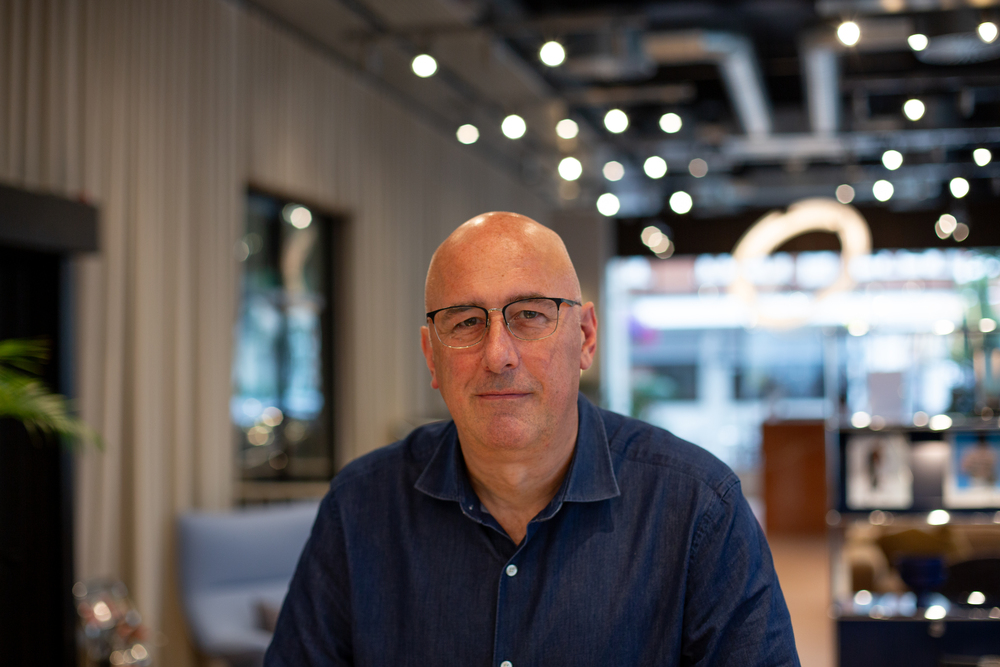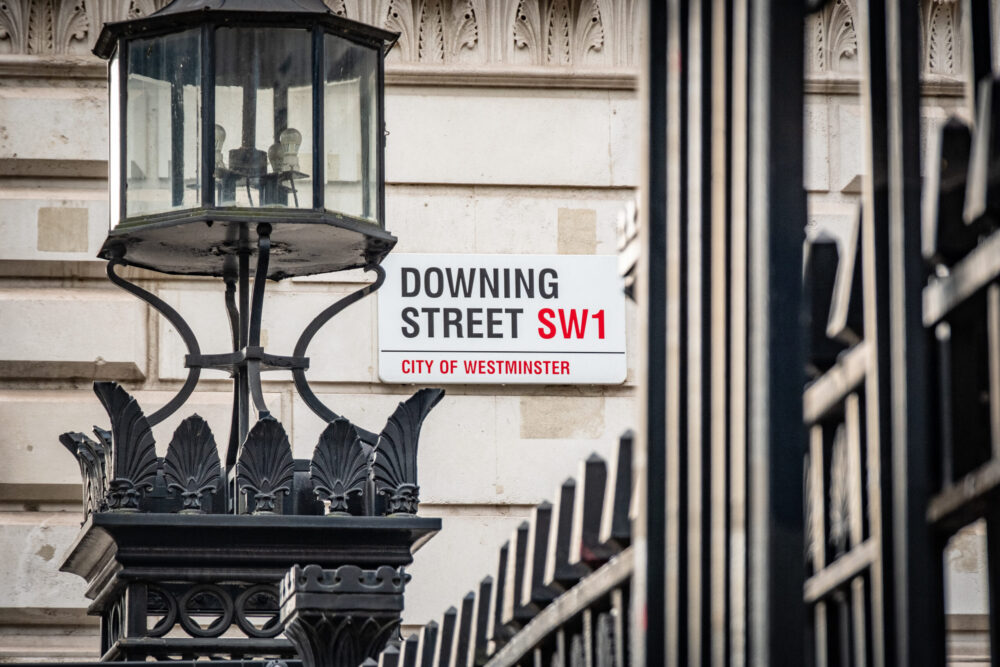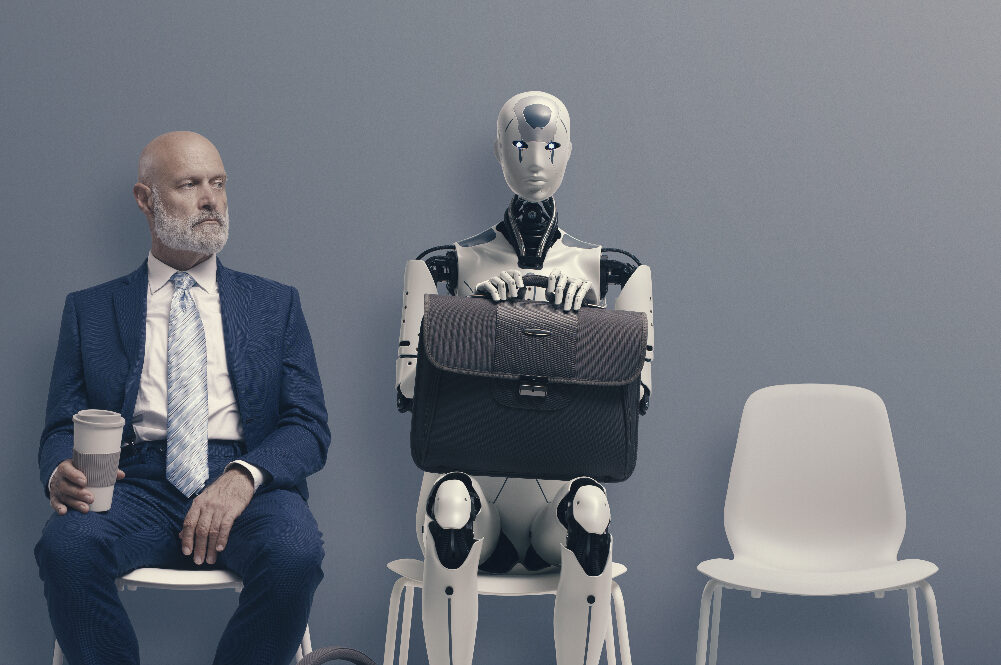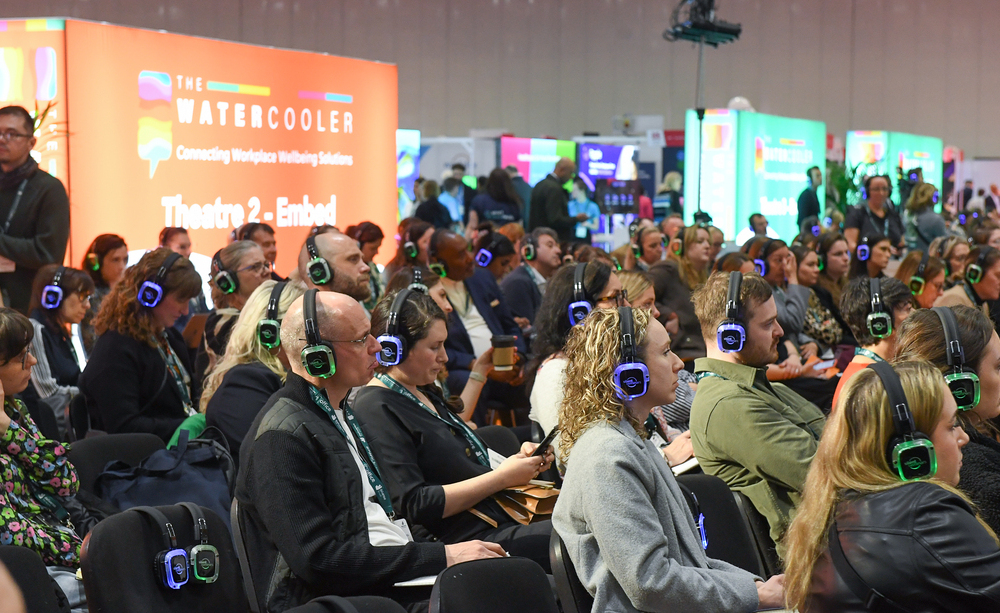In October last year, Leesman, the organisation behind the Leesman Index – the world’s largest benchmark of employee workplace experience – published their seminal report: The Workplace Reset.
The report is a call to arms. A challenge to re-establish the ‘why’ of the workplace. What the office is ultimately there to achieve, and the essence of its supreme purpose.
It does not call for office attendance to be mandated or in any way contest the idea that greater autonomy for employees when it comes to their choice of work location is a good thing. As Leesman explain on their website: “We are merely fighting for recognition that workplaces must better understand the nature of the work that will be done there”.
Leesman’s latest research, “‘Power of Place’”, will be released in March. It answers two fundamental questions: why do organisations need an outstanding workplace and how do you create an outstanding experience for everyone?
Ahead of his appearance as a speaker at our sister event The Office in April, we spoke with Leesman’s founder and CEO, Tim Oldman, to get a taste of the thought-provoking tips he’ll be sharing for employers looking to create the best environment for their staff.
What trends have you noticed in the workplace recently?
What is absolutely clear is that there are very few people really using data and analytic information to drive better design outputs in the workplace.
Why?
There are a number of reasons.
The first one is that design, as a profession, is very intuitive. We pick a colour because we like it.
Designers are pre-wired to innovate and change and almost every designer I’ve ever worked for wants to do design which benefits the user, but they’re actually very ignorant of the actual impact on these users.
The design industry is good at patting itself on the back for work they deem ‘outstanding’ but rarely does it speak to the user… the individual employee who is on £25K a year, working in a contact centre and saying ‘I don’t care what it looks like, it doesn’t work for me’.
That’s why we wanted to really challenge how we design workplaces and ensure the ultimate user of the space tells us what they think of it, and whether it’s working for them in a number of different ways, including a wellbeing aspect and enabling them to feel more productive. It’s why as an organisation we are harnessing the value, insights and information we gather to create an index – based on over 1.3million employee responses – which creates a standard for measuring impact in a workplace, from poor to outstanding.
Can you give me any examples where a designer might deem a design outstanding, but when it doesn’t work for the end user?
It is easier to explain it the other way round, where clients are genuinely confused about why the employees think the workspaces are so good.
On face value, they may look shabby or not quite fit for purpose, or like they should be refurbished. But the users working there are smashing it out of the park in terms of performance and productivity.
So what are the typical factors that might be helping them to ‘smash it’ in this situation? You mentioned a contact centre, for example?
Noise, for example. Noise is the biggest disruptor of employee productivity across all knowledge economy jobs; regardless of whether you’re a chief executive or starting out.
Noise destroys productivity. And the modern office has forgotten that. So much so that I think that is one of the reasons for the tension between the home and office as a workspace now.
The majority of people working from home now, after all, have a private space they use for work. And the one thing working from home gives almost everybody is amazing visual and amazing acoustic privacy.
But the majority of modern offices only give amazing acoustic and visual privacy to the executive directors. So that’s a massive failure.
What other new trends have you seen affect the modern office?
Work has become more complicated.
Many offices are talking about their refurbishments and how they are putting collaboration at the heart of them, with multiple open spaces for this.
Are you saying you don’t think this is the right approach – putting collaboration at the heart of office design – based on your data?
I don’t think it’s the right thing for a lot of people. The modern workspace is a design challenge that has not yet been met. Yes, there is an intrinsic value in being together, and those spontaneous conversations where people can exchange ideas. But most people also need time and space for heads-down deep, concentrated work and, to an extent, they don’t want to be disturbed. So I think there’s this tension between knowledge transfer and knowledge sharing.
So how do we resolve that tension? Do you have any ideas?
What we tend to do in that respect is nudge people towards a sort of self discovery, because we are not consultants. But I suppose what we do is what you would call ‘active coaching’ where we want to encourage somebody towards a better outcome.
One of the things that we might talk to a client about related to this issue is plan density. With an open plan design you can relax the density a bit so people are further apart. You can plan desks in clusters of four people, instead of six / eight / ten and that allows for more circulation space.
Now, the CFO might not like that idea initially until you tell him/her that your people would be 20% more productive… especially if you put that in the context that your people are 80% more expensive than the floor space you are putting them on. A CFO that gets this said to a client recently “Please don’t try to save me any money, I can’t afford it” when they were planning their workplace design.
That probably sounds counterintuitive to many given the economy and the cost of living crisis. Most people and organisations are trying to cut costs. How do you get clients to do the opposite?
Every time a designer or engineer or project manager tries to save money, it costs the organisation somewhere.
What fundamentally needs to happen is the design industry, and the buyers of design services (ie. employers) need to get better at defining why they have a workplace. You wouldn’t believe how many clients do not know the answer.
They might say ‘we want people to collaborate’. But what does collaboration look like for that company?
This is where the design industry has been a bit narrow because the way a data engineer collaborates is not the way a lawyer collaborates or a web publisher collaborates.
Also, saying you want a workplace for collaboration doesn’t define why you want a workplace adequately. If you were a hotelier, for example, a better answer would be ‘because I want to increase the amount of bed capacity in my portfolio’; then the client would look to build a workplace around solving that problem.
Other examples of workplace ‘missions’ could be to drive innovation and create value’ or to ‘give our employees a sense of oneness and wellbeing’. Then you want everyone working to this brief, from the facilities manager to the catering contractor.
Can you tell me more about a decision that ultimately saves an organisation by prioritising people over exploiting the floor space?
Yes. One bank might design its meeting room with less than 70 centimetres between the back of the chair and the wall, because that is compliant. You can just about squeeze a wheelchair through. That’s fine. But you’re sending your employees the message that you’re minimally compliant and doing the minimum possible for them. Another bank may give employees much more space, which makes them feel more valued.
The other quote that people are talking about now in relation to the workplace is ‘owning the commute’. So, rather than it being a drag that hinders their wellbeing, going to the office actually enhances it.
What we absolutely do see is that people are more tolerant of their commute, the better the quality of experience they get in the workplace. We’re also seeing people boost their social wellbeing by going to the workplace because they are tagging on social activity to their commute; they might meet a friend after work, or go to the theatre or have lunch with a colleague.
Tim Oldman will be speaking on Tuesday 23rd April at The Office Event. The packed free-to-attend education programme also includes input from a host of fantastic speakers from GSK, Barclays, Lloyds Banking Group and many more. You can find out more and register here.
You might also like:

















